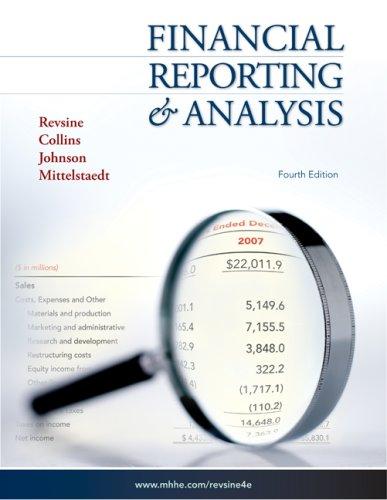Sirotka Retail Company began doing business in 2006. The following information pertains to its first three years
Question:
Sirotka Retail Company began doing business in 2006. The following information pertains to its first three years of operation:

Assume the following:
• The income tax rate is 40%.
• Purchase and sale prices change only at the beginning of the year.
• Sirotka uses the LIFO cost flow assumption.
• Operating expenses are primarily selling and administrative expenses.
Required:
1. Compute cost of goods sold and the cost of ending inventory for each of the three years.
(Identify the number of units and the cost per unit for each LIFO layer in the ending inventory.)
2. Prepare income statements for each of the three years.
3. Compute the LIFO reserve at the end of 2006, 2007, and 2008.
4. Compute the effect of LIFO liquidation on the net income of the company for the years 2007 and 2008.
5. Compute the inventory turnover ratio for the years 2007 and 2008. Do not make adjustments for any potential biases in LIFO accounting. Comment on the direction of the bias (that is, understated/overstated) in the inventory turnover ratio under LIFO. Is the ratio in one year more biased than in the other? Explain.
6. How can the physical turnover of inventory (that is, true inventory turnover) best be approximated using all of the information available in a LIFO financial statement?
Illustrate your approach by recomputing Sirotka’s inventory turnover ratios for 2007 and 2008.
7. Compute the gross margin percentages for the years 2007 and 2008. Explain whether the difference in the gross margin percentages between 2007 and 2008 reflect the change in Sirotka’s economic condition from 2007 to 2008.
8. Provide an estimate of the FIFO cost of goods sold for the years 2006, 2007, and 2008 using the information available in the financial statements.
9. Based on your answers to requirements | and 8, estimate Sirotka’s tax savings for 2006, 2007, and 2008.
10. Assuming a discount rate of 10%, compute the December 31, 2005 present value of the tax savings over the period 2006-2008 (that is, discount the 2006 tax savings one period, and so on).
Step by Step Answer:






